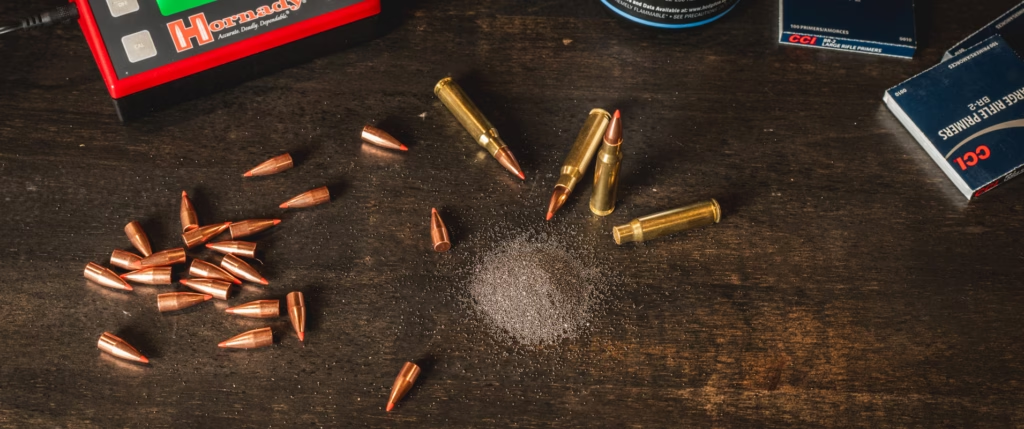If you’re a reloader, understanding basic measurements like how many grains are in a pound of gunpowder will help you determine how many rounds you can expect out of purchased components. This guide will break down the details.

The answer is straightforward: there are 7,000 grains in a pound. This is a standard measurement used across the firearms and reloading industries. Whether you’re dealing with smokeless powder, black powder, or any other type, the weight of a pound remains consistent—7,000 grains.
For those unfamiliar, “grains” is a unit of weight measurement often used in ballistics and reloading. One grain equals 1/7,000th of a pound, or approximately 0.0648 grams.
When you buy a 1lb tub of gunpowder from your local retailer, you are purchasing precisely 7,000 grains of powder. This holds true for both smokeless powder and black powder, although their densities and applications vary.
Smokeless powder is commonly used in modern ammunition. Since it is more energy-dense than black powder, less is needed per load. For example:
Black powder is less energy-dense and is used in traditional firearms like muskets and some black powder cartridge guns. The load size varies significantly:
The number of bullets you can load from a 1lb tub depends on the caliber, type of powder, and your specific load data. Here are some general estimates:
It’s crucial to follow published load data from reputable sources to ensure safety and efficiency.
For those who prefer metric measurements:
This conversion is helpful if you’re working with international reloading manuals or want to understand powder weight in a different unit.
Understanding the 7,000-grain measurement helps reloaders precisely calculate the amount of powder needed for a given batch of ammunition. Accurate measurement ensures consistent performance, safety, and cost efficiency.
While both smokeless and black powder are measured in grains, they serve different purposes:
Reloaders should never substitute one for the other, as their burn rates and energy levels differ significantly.
This depends entirely on your firearm and load data. Here’s a quick breakdown:
